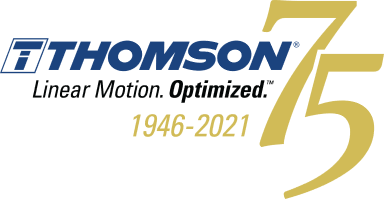Mention a Tesla Coil (TC) to many people, and they might guess it has something to do with the pioneering electric car named after Nikola Tesla, a contemporary and rival of Thomas Edison. They would be right, in part. Tesla’s invention of alternating current has become the global standard for electrical power transmission, without which there would likely be no electric cars. But the cars themselves do not use TCs, nor does much of anything else, other than some high school labs and science museums. The coils were Tesla’s short-lived effort to create an open, wireless technology that would transmit power around the globe without cables.
Now, a century after the implementation of alternating current, researchers at The Geek Group National Science Institute, a science, technology, engineering and math (STEM) collective in Grand Rapids, Michigan, are revisiting Tesla’s vision and seeking to discover new uses. With the help of Thomson Industries’ linear motion technology, they have set out on an ambitious program of research and experimentation that would have been impossible in Tesla’s day. Thomson is donating a high-precision ball screw assembly that will help The Geek Group’s high-energy engineering team wind the thousands of coils they may need for their experiments.
The premise of a TC is basic physics: current in a wire generates a magnetic field, a changing magnetic field around a wire creates current, capacitors and inductors store energy and form a resonant circuit--an electric pendulum.
In a TC, a power supply charges a capacitor bank up to a modest voltage until a switch connects it to a low turn-count “primary” coil at the base. This causes a large alternating current “ringing” to flow through this coil, which causes a large magnetic field to envelop a much larger, high turn-count “secondary” coil.
This causes a current to start flowing in the secondary, charging up a capacitor formed between the terminal on top, called a “top load,” and the earth. This resonant circuit continues ringing and transferring power between the coils until either the switch is opened or the ringing completely decays. For a sufficient time after the pulse, a properly timed additional pulse can cause the ringing to increase in amplitude until major energy losses start occurring in the form of sparks, arc and corona discharges.
In a normal and well-understood power distribution transformer, the wires are quite close and strongly coupled, such that huge currents can flow between them under the wrong conditions. In a TC, this close coupling is actually problematic because it forces a strong reliance on the turn ratio between the primary and secondary coils. This strong coupling also allows power stored in the secondary to potentially leak back to the primary. By greatly reducing the ability of these two coils to interact, a TC can cause the ringing to overshoot the voltage levels that a traditional transformer calculation would indicate.
Many of Tesla’s original goals for his eponymous coils have been superseded by cheaper, smaller and more efficient inventions. These days, TCs have been largely relegated to curiosity and science experiment. The Geek Group researchers, however, believe that TCs have tremendous potential that can be achieved by appropriately tuning the wire wrapping strategy. Chris Boden, CEO of The Geek Group, believes that by adjusting the wrapping, he can tune the coil to achieve higher states of resonance.
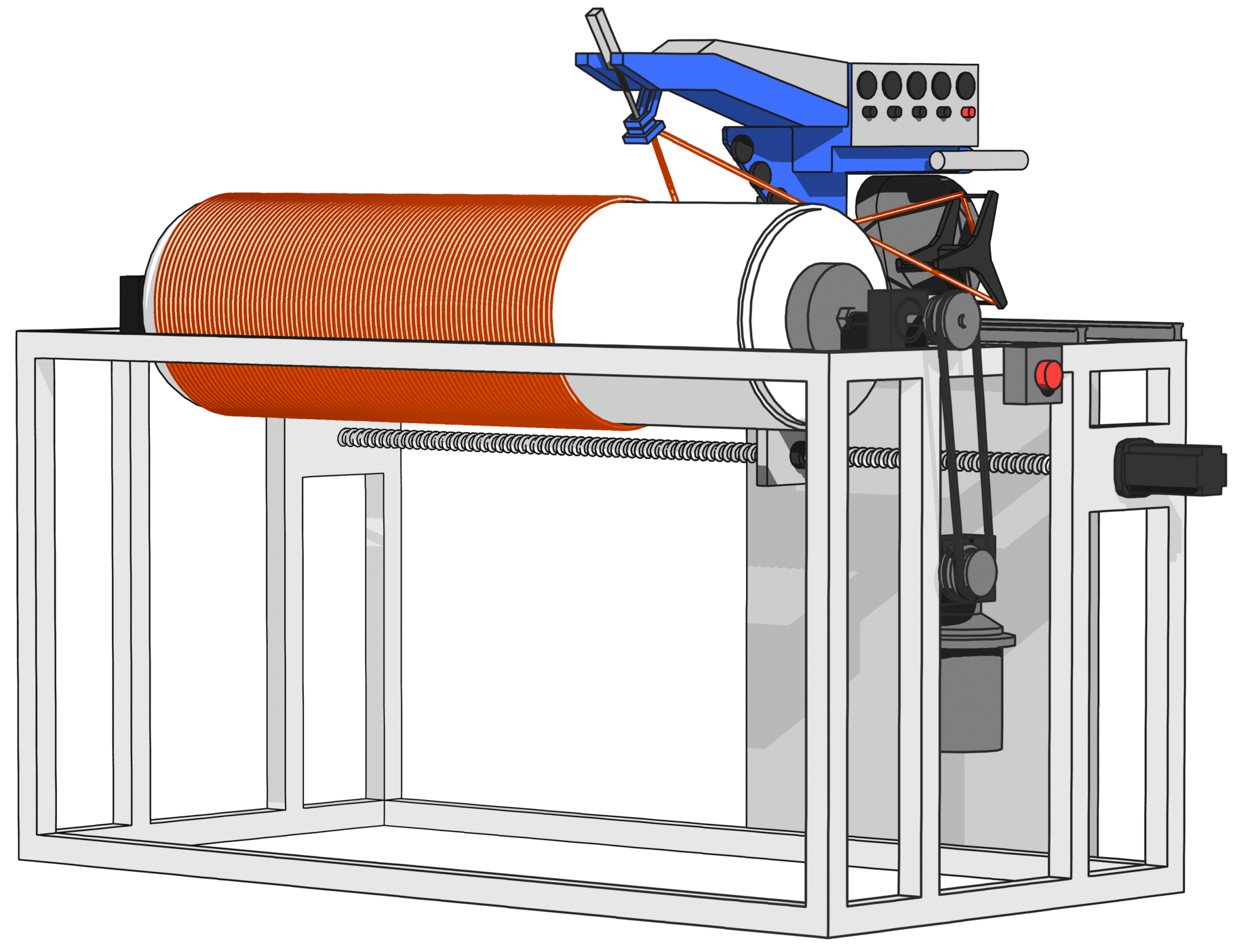
Tesla Coil with a logarithmic tapered winding on the winding machine
The secret is in the windings
Most TCs in use today are created by manually wrapping copper wire around a PVC pipe that provides the air gap. Manual winding is possible and encouraged for the smallest classroom applications, which can involve a secondary coil one or two feet long and four inches wide. But in winding thousands of secondary coils, some at lengths of up to eight feet, manual winding would not only be prohibitively painstaking, it would also fail to provide the precision that would be necessary for perfect resonance.
Part of the winding process involves coating the wire with epoxy or polyurethane, which will seal and insulate the wrapping. Even a tiny amount of moisture could interfere with the experiment. Coating is most effective when done during the winding and because it must dry and cure in real-time, the pipe must keep turning constantly for up to a week. During that time, the windings must be positioned straight, with no gaps, except as defined by the experimental protocol. Depending on what they are testing, an experiment could require up to 20 exact duplicates. Such consistency is relatively easy to attain when the windings are close to each other, as in most TCs today, but in experiments that involve varying the spacing, as The Geek Group wants to do, precision is critical. To achieve this, The Geek Group researchers are building a winding machine, which is where advanced linear motion comes in.
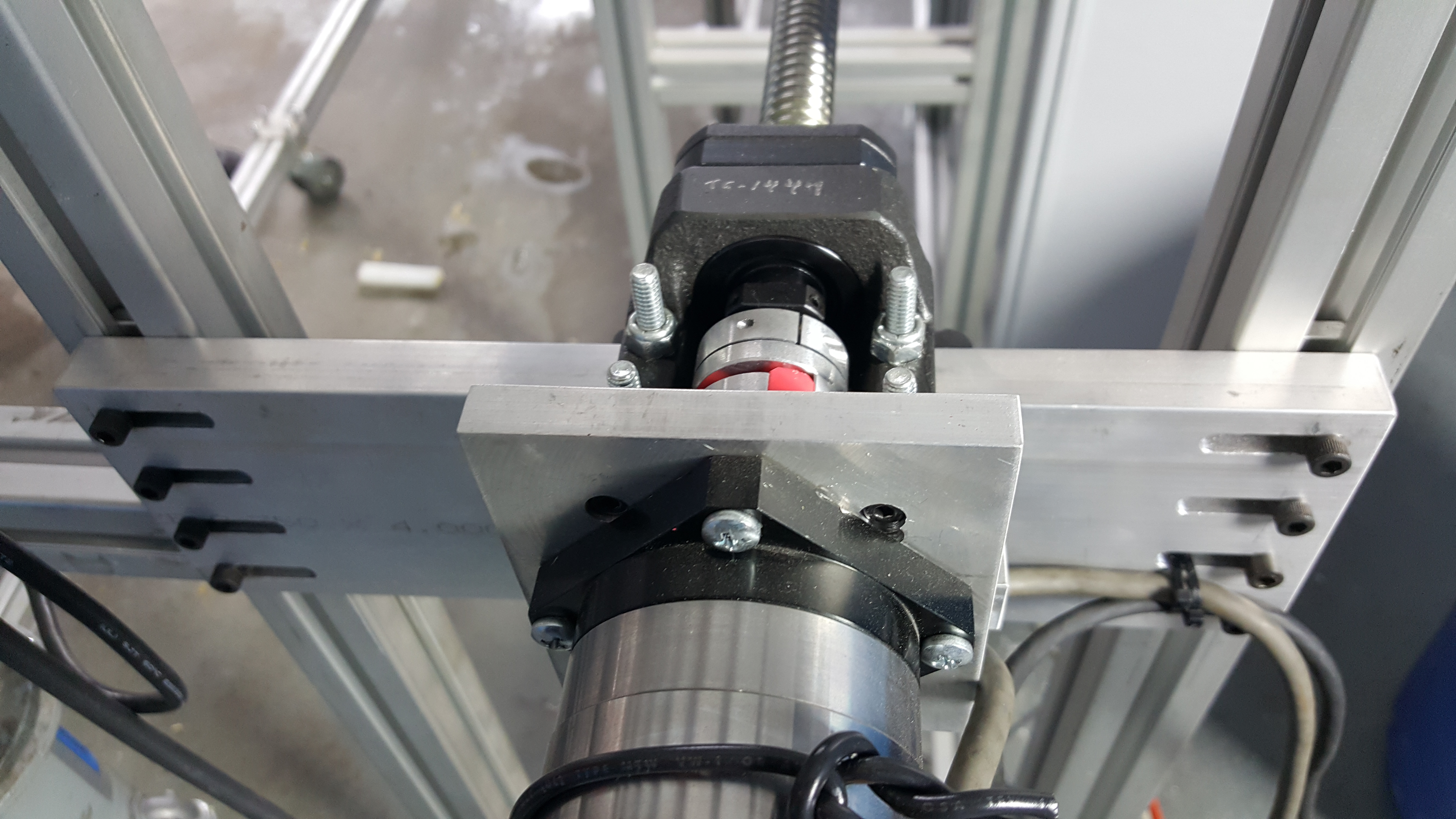
Gear drive and mounting system for the lead screw
Automating the winding process
The Geek Group’s winding machine can provide the slow and steady motion needed to keep the coil turning steadily for days at a time. Key to the precision will be an eight-foot Thomson precision ball screw that converts the rotary motion of a servomotor into the linear motion necessary to guide a wire feed apparatus across the coil. Finding the technology that matched up to the high standards held by The Geek Group was a challenge taken on by the Institute’s Internet Relay Chat (IRC) team.
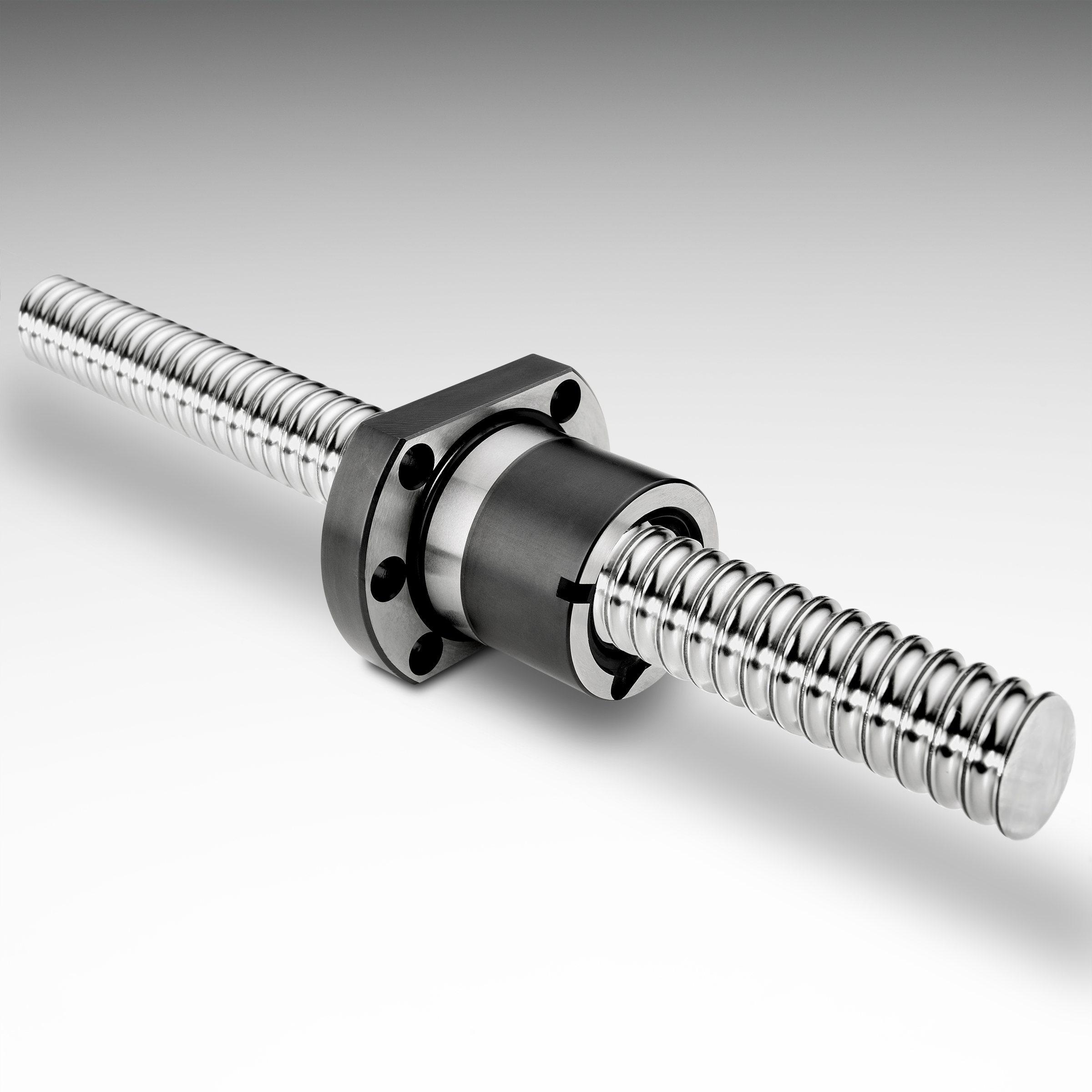
Thomson FSI Series Metric Precision Ball Screws
“We set our IRC team on the task of finding the best linear motion technology in the industry,” said Boden. “The IRC is a 24/7 nonstop think tank, composed of a couple hundred experts from many science and technology disciplines. They analysed about a dozen different products and concluded that only the Thomson drive could do exactly what we needed and exactly how we wanted to do it. We contacted them initially as potential customers and were impressed by the quality of the customer support and engineering assistance they provided and continue to provide to this day.”
A Thomson customer support engineer guided the team in selecting the exact configuration that would meet their needs. The product was a Thomson quick-install ball screw assembly, so named because most of the assembly and configuration is done before shipping, which avoids any precision problems that might result from assembling components on site. The final configuration consisted of an eight-foot ball screw just under an inch in diameter.
Flanged bearing mounts support the screw on both ends of the support rack, and the drive nut translates as a servomotor turns the drive which is flange mounted to the bottom of a steel plate connected to the wire feed assembly.
Ball screw drives convert rotary motion into linear motion, or vice versa, and consist of a ball screw and a ball nut. These are packaged as an assembly with recirculating ball bearings. The interface between the ball screw and the nut is made by ball bearings that roll in matching forms. With rolling elements, the ball screw drive has a low friction coefficient and is typically greater than 90% efficient. The forces transmitted are distributed over a large number of ball bearings, giving a low relative load per ball.
The winding machine will enable experimentation to test the impact of numerous winding strategies on a magnetic field across the secondary coil.
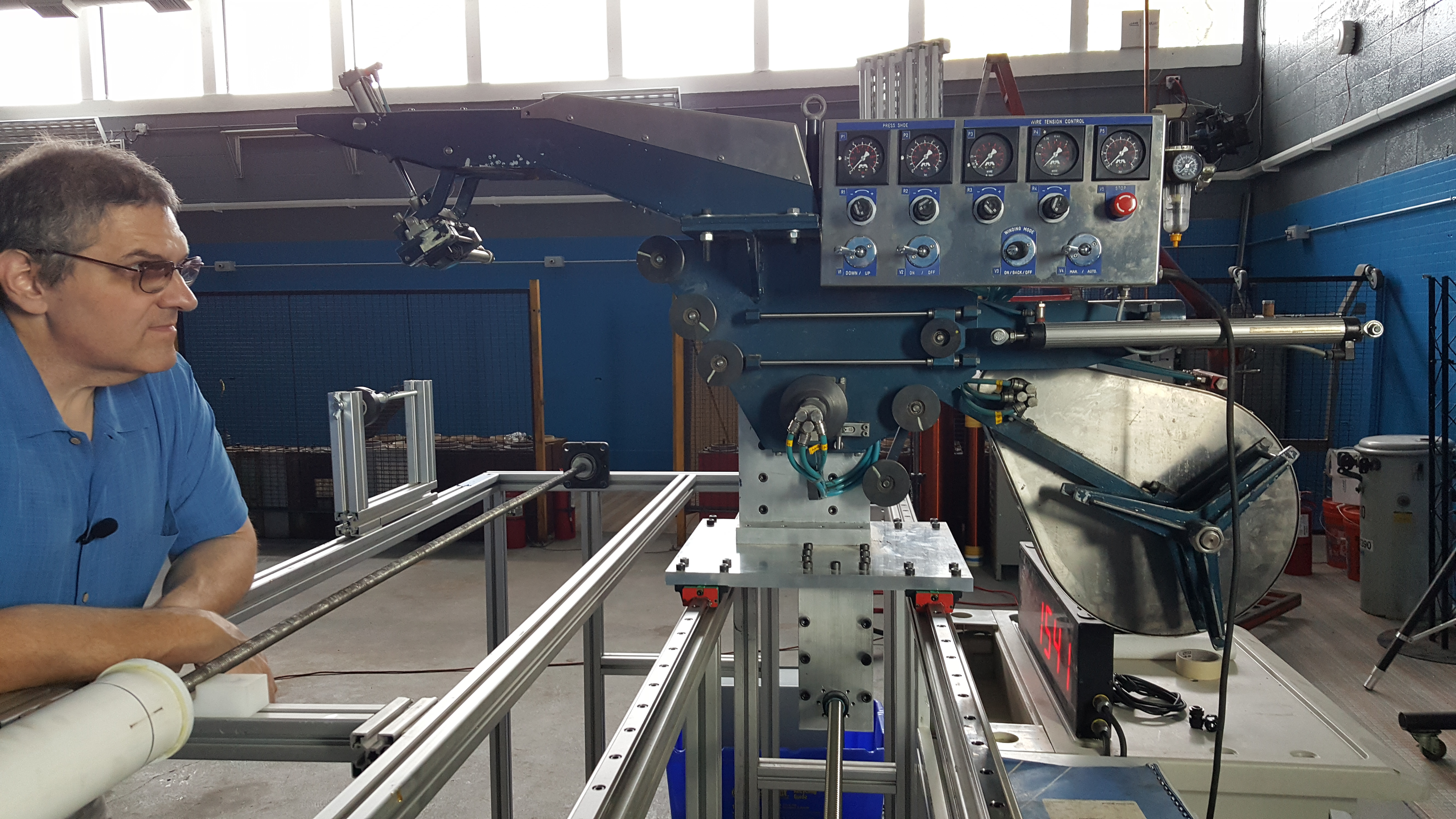
The system of pulleys and pneumatic controls on the winding head control system
Stay tuned
If all goes as planned, coil production will begin in May 2017, and The Geek Group has plans for larger coils and experiments in the future. Will they end up realizing Tesla’s vision? Will they discover new capabilities of the TC? If nothing else, we can be sure that The Geek Group’s high-energy team, the 75,000 Geek Group online subscribers, the 15 million plus views of its online videos, and possibly the entire scientific engineering community will wind up knowing a lot more about a powerful, yet all but abandoned, technology. We can also be sure that Thomson will be doing whatever it can to help keep things moving forward (and back again).
